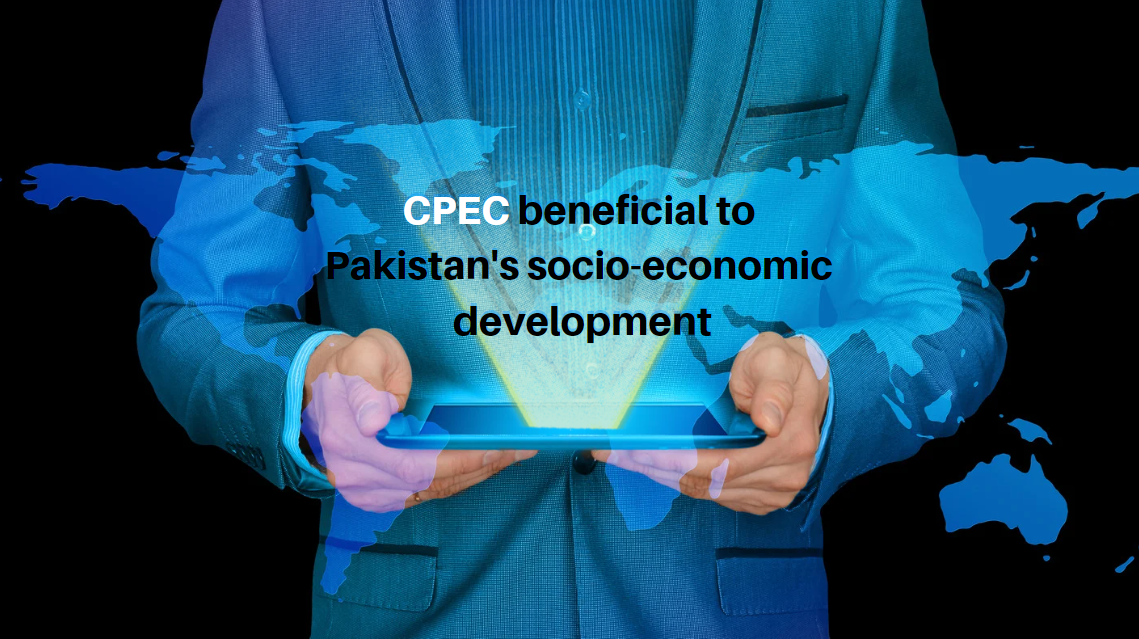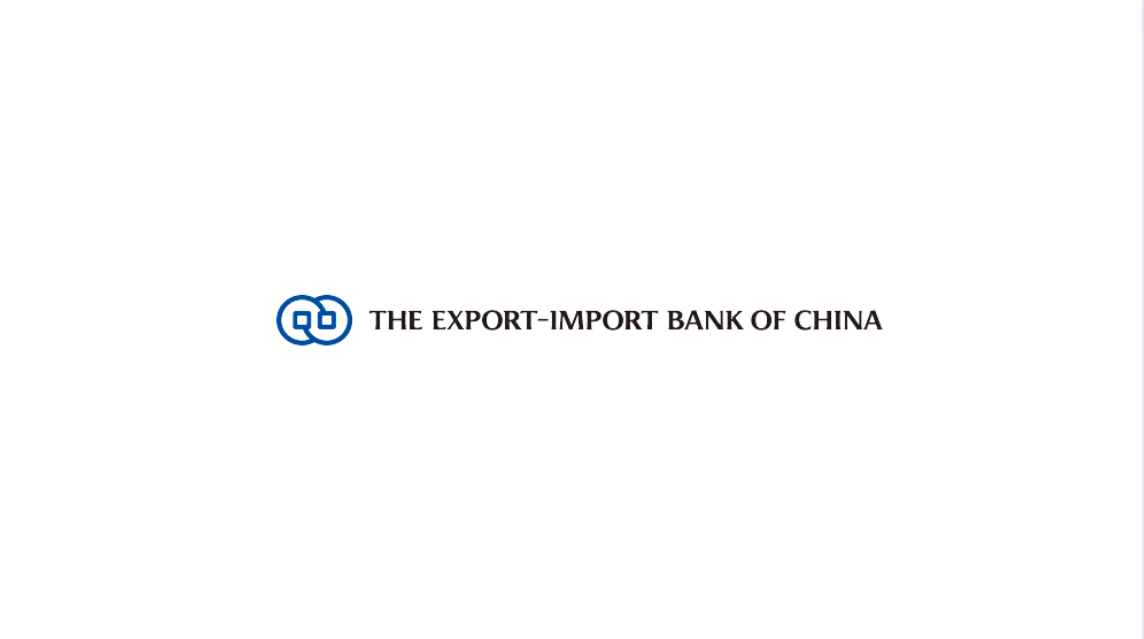Moving Faster to Shore up Weaknesses in the Social Field and Promoting Domestic and International Circulations
Social undertakings bear on people’s livelihoods, connect with people’s support, and deliver on the people’s growing expectation for a better life. At the same time, social undertakings are mostly high value-added service industries in the economic sense, an important part of the modern economic system, and a key link in fostering the new development paradigm. In the Report to the 20th National Congress of the CPC, General Secretary Xi Jinping pointed out that China aims to become a leading country in education, science and technology, talent, culture, sports, and health for the year 2035. Undoubtedly, that means gathering a huge amount of factor resources, building more construction projects and grand digital economic infrastructure, and promoting the leapfrog improvement of “hardware” and “software” in the social sector. When it comes to investment in social undertakings, it’s easy to think of government finance first. Everyone hopes that financial input could be increased. Indeed, financial input can be continuously raised, but it is certainly far from enough compared with the actual needs. China has a high aggregate savings rate and relatively abundant social funds. Only by coordinating the efforts of the government, enterprises, public institutions and residents can we optimize the allocation of various resources and comprehensively accelerate the process of shoring up weaknesses in the social sector.
The first thing I need to stress is that finance can play a special and important role in facilitating the development of social undertakings. Since the reform and opening up, China has created a world legend in transportation construction. Starting from the construction of the Shenyang-Dalian Expressway in 1984 and the Qinhuangdao-Shenyang Passenger Dedicated Line in 1999, China has built the world’s largest expressway network and high-speed railway network in less than 40 years. The financial system has turned huge national savings into effective investment, providing strong support for the leapfrog development of transportation. We should learn from the successful practice of “building roads with loans and repaying loans with fees” to reform and improve the investment and financing system in the social sector. We need to strengthen the coordination between financial policies and fiscal policies, between policy finance and commercial finance, and between direct financing and indirect financing, to support qualified hospitals, schools, and cultural, sports, elderly care and child care institutions etc. in achieving high-quality development with a variety of financing instruments. To be frank, there have been some negative cases in the past that several hospitals and schools fell into operating difficulties due to blind borrowing or poor management. To avoid similar problems, we must follow the inherent laws of various social undertakings, and establish sound restraint mechanisms of government agencies, financing entities and financial institutions respectively in a differentiated manner. We should also focus on cash flow balance and scientifically set early warning and monitoring indicators for debt financing to ensure the healthy and sustainable development of institutions and projects.
The second is to develop a multi-level and multi-pillar pension insurance system, which is a key measure to improve the supply of the social sector. By the end of 2021, China’s first pillar of basic old-age insurance covered 1,029 million people, with the fund balance of 6.4 trillion yuan. The second pillar, enterprise annuities and occupational annuities, covered more than 70 million employees and accumulated 4.4 trillion yuan of funds. As for the third pillar, after the rectification in recent years, the insurance products that really have the attributes of providing care for the elderly are growing rapidly, accumulating over 5 trillion yuan of liability reserves. Since the exclusive commercial pension insurance pilot program began a year ago, more than 250,000 people have been insured, including 47,000 workers in new industries, new business forms and various types of flexible employment. 49 pension wealth management products have been launched, with the total amount of 100 billion yuan. Yesterday, the pilot specific pension savings products were rolled out in five cities. Not long ago, the Rules on the Implementation of Private Pension was officially released, and relevant supporting policies have been successively introduced, thus enabling private pension to be implemented on the ground. The top priority of developing the third pillar of pension insurance in a well-regulated way is to encourage financial institutions to offer commercial pension products that are worthy of the name and operate safely. By optimizing asset allocation, we can set up return smoothing funds and risk reserve funds to provide targeted pension products for groups with different risk appetite and risk tolerance. Also under the concept of “long-term investment with long-term yields, value investment with value creation, and prudent investment with reasonable returns”, a certain proportion of the pension insurance funds accumulated in the three pillars can be invested in social undertakings and industries to play a powerful role as the high-speed train featuring “Electrical Multiple Unit (EMU)” .
The third is to develop charitable and public-interest initiatives, which is of great significance for enhancing the investment and financing capacity in the social sector and promoting common prosperity. As noted in the Report to the 20th National Congress of the CPC, “we will build an institutional framework under which primary, secondary, and tertiary distribution are well coordinated and mutually complementary. We will provide guidance and support for enterprises, social organizations, and individuals who have the desire and ability to actively participate in charitable and public-interest initiatives.” This has charted the course for the development of public-interest initiatives in the new era.
To promote charitable and public-interest initiatives in China, we benefit not only from the advantages of the socialist system, but also the valuable traditional Chinese culture. We should have full confidence that China will be able to deliver world-class public-interest and charitable undertakings. As of the end of 2020, China's charitable organizations accounted for 1.1% of registered public organizations, and the donation amount in that year accounted for about 0.2% of GDP. However, in some developed countries, the donation amount accounted for more than 2% of GDP in the specific year. In some developing countries, although the total donation amount was not very large, the proportion of people who participated in the donation initiatives was as high as 70%. History at all times and all over the world shows that charity can, in addition to helping the poor and providing relief, play an irreplaceable role than the government and others in promoting education, science, culture and talent development. We should learn from international good practices, develop more standardized and convenient institutional arrangements for charitable activities, and advance the development of charitable undertakings. We must face up to the detours and disgraceful events that China's charitable undertakings had once gone through, and learn from the profound lessons. Charity is the sunniest and noblest cause in the world. It must not be rigged or under the radar, and it must not allow any cross-the-line behavior for personal gains. The principles of equity, justice and openness should be carried through. The whole process of charity management should be transparent, and ensure that all donated assets are properly managed and efficiently used for public-interest and charitable initiatives.
To promote the healthy development of charitable undertakings in China, we need to carry out the following work.
The first is to promote charity culture. Since ancient times, China has advocated caring for the world and giving to the public. People would spontaneously help each other and give to others when they can. It is necessary to pay equal attention to policy incentives and spiritual incentives, such as establishing charity awards, and creating a social atmosphere that honors those who donate and respect those do good deeds, so that charity becomes a noble cause in which all sectors of society and the people want to participate in.
The second is to strengthen legal protection. The Charity Law is being amended, and relevant implementation rules will be formulated, so as to establish and improve the institutional system for non-profit legal entities, improve the regulations on registration of public organizations and management of foundations, and ultimately forming a complete charity regulation system. The third is to facilitate tax incentives.China has given charity a lot of tax reliefs through relevant laws, but the public knows little about it. Besides, in practice many conditions and procedural constraints are attached. We should follow the principle of substance over formality, use tools like the Internet and big data and adopt simple methods and measures, so that the policy objectives of supporting public-interest and charitable initiatives can be achieved.
The fourth is to strengthen supervision and management. Efforts should be made to improve the multi-tiered and classified prudent supervisory system in a stringent manner, and strengthen government supervision, industry self-discipline, social media oversight and public surveillance. The nature of charity featuring public interest and altruism should be upheld, and donors and beneficiaries should be completely separated through the dedicated operation of third-party organizations. Commercial operations or other arbitrage activities under the cover of charity donations should be prevented.
Fifth, we shall actively develop charitable trusts. This is the root of the trust business, which has a history of more than 400 years in the world, and has played a unique role in promoting the standardized development of philanthropy. Trust mechanism has the advantages of property independence, bankruptcy isolation, professional management and efficient operation, etc. We should put in more efforts to promote charitable trusts. Since the promulgation of the Charity Law, charitable trusts in China have developed rapidly, with a total registered value of more than 4 billion yuan. By the registered value of charitable trust, Zhejiang, Guangdong and Gansu provinces are in the lead in China, while by the number of charitable trusts registered, Zhejiang, Gansu and Shaanxi provinces are among the top three. It is both thought-provoking and encouraging that tertiary distribution can be cultivated both in economically backward areas and developed areas.
Sixth, the financial industry should strive to make new and greater contributions to charitable initiatives. Financial institutions have been at the forefront of the country in fulfilling their social responsibilities, and especially in the battles against the epidemics, they have made new and substantial progress and achievements. We suggest that banking and insurance institutions provide financial services such as financing, settlement and risk protection for public-interest organizations and charitable activities at more favorable prices.
Ladies and gentlemen,
Since the beginning of this year, the inflation in the United States and Europe has reached the highest level in 40 years, and the monetary policies took a sharp U-turn from extreme easing to aggressive rate hikes. Above and beyond that, repeated resurgence of the COVID-19, geopolitical conflicts and other problems have greatly increased the difficulty and uncertainty of world economic recovery. China has institutional advantages of unique social systems, the most complete industrial sectors and the broadest unified market in the world. China’s economy has strong resilience, great potential, ample policy room, and the most solid fundamentals for long-term sound development. Recently, overseas media has continued to hype about China’s "real estate crisis" and "decline of construction industry". In fact, China is still in the peak period of urbanization and the initial stage of rural revitalization, and the overall fixed-asset investment still has great potential for further growth. We are full of confidence in realizing Chinese-style modernization and building a new form of human civilization. The great rejuvenation of the Chinese nation has entered a historical process that it is irreversible and no force can change!
Adhering to opening up has always been China's basic national policy. At present, China's financial industry has entered a new stage of high-level opening to the outside world. Since the 19th National Congress of the Communist Party of China, the assets of foreign banks operating in China have increased by nearly 30%, and those of foreign insurance companies in China have increased by about 120%. A number of foreign-controlled wealth management, asset management, fund and insurance group companies have started operations one after another. We will, as always, welcome foreign-funded financial institutions with sound operations, good qualifications and outstanding specialties to participate in Chinese market, share the historic growth opportunities and jointly contribute to the economic and financial development.
While paying attention to the macro-financial environment, we are always concerned about our people’s asset security. We have noticed that recently, because the market became optimistic about the prospect of economic recovery, bond yields have increased, which has caused fluctuations in the net value of some banks’ wealth management products. This is the market's self-adjustment, and the overall risk is completely controllable. On the other hand, we are fully aware that the financial products that individual investors can choose from are becoming more diverse, and the risks they face are becoming more complex. They need to manage the trade-off between risk and return. Under market economy, high returns are bound to be accompanied by high risks. Advertising "principal ensured with high return" and "low risk and high return" is definitely financial frauds. We should persist and spare no efforts in increasing financial literacy, so that people can always be alert to the temptation of high returns, avoid being deceived, so that they gain reasonable returns through rational investment, and safely and steadily increase their property income.




















































First, please LoginComment After ~